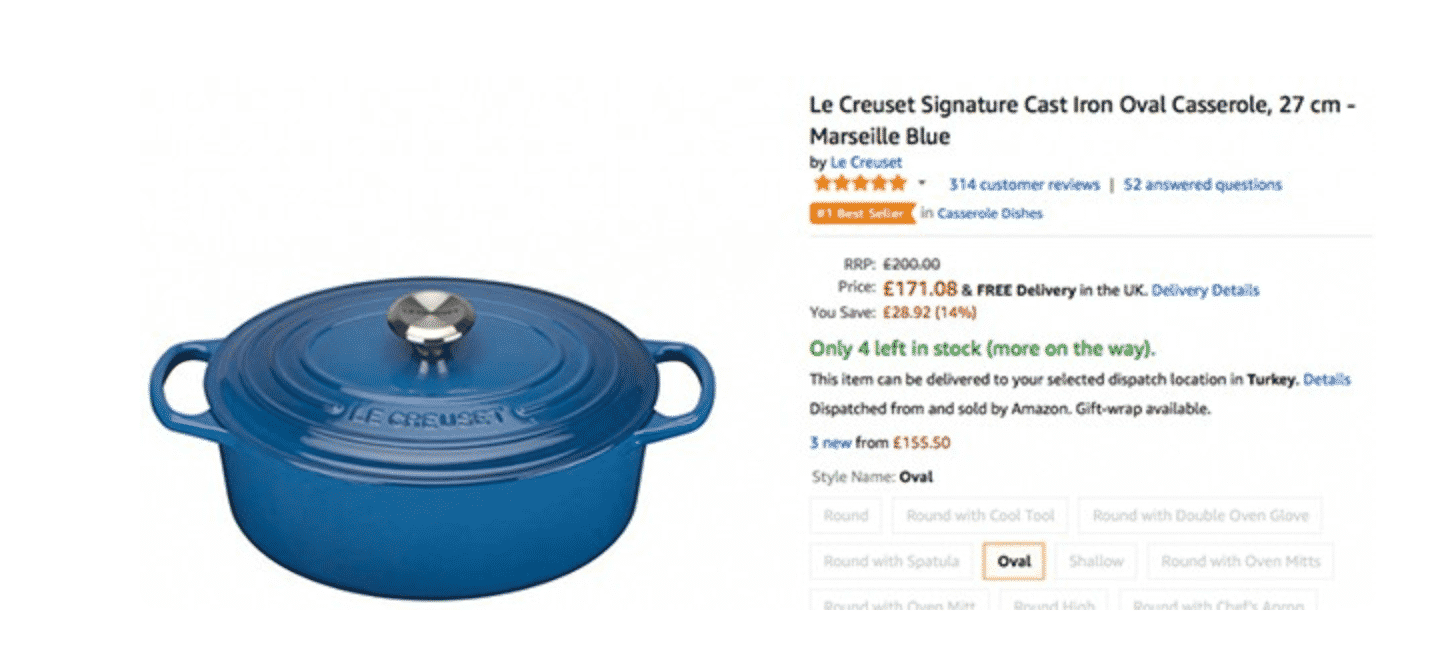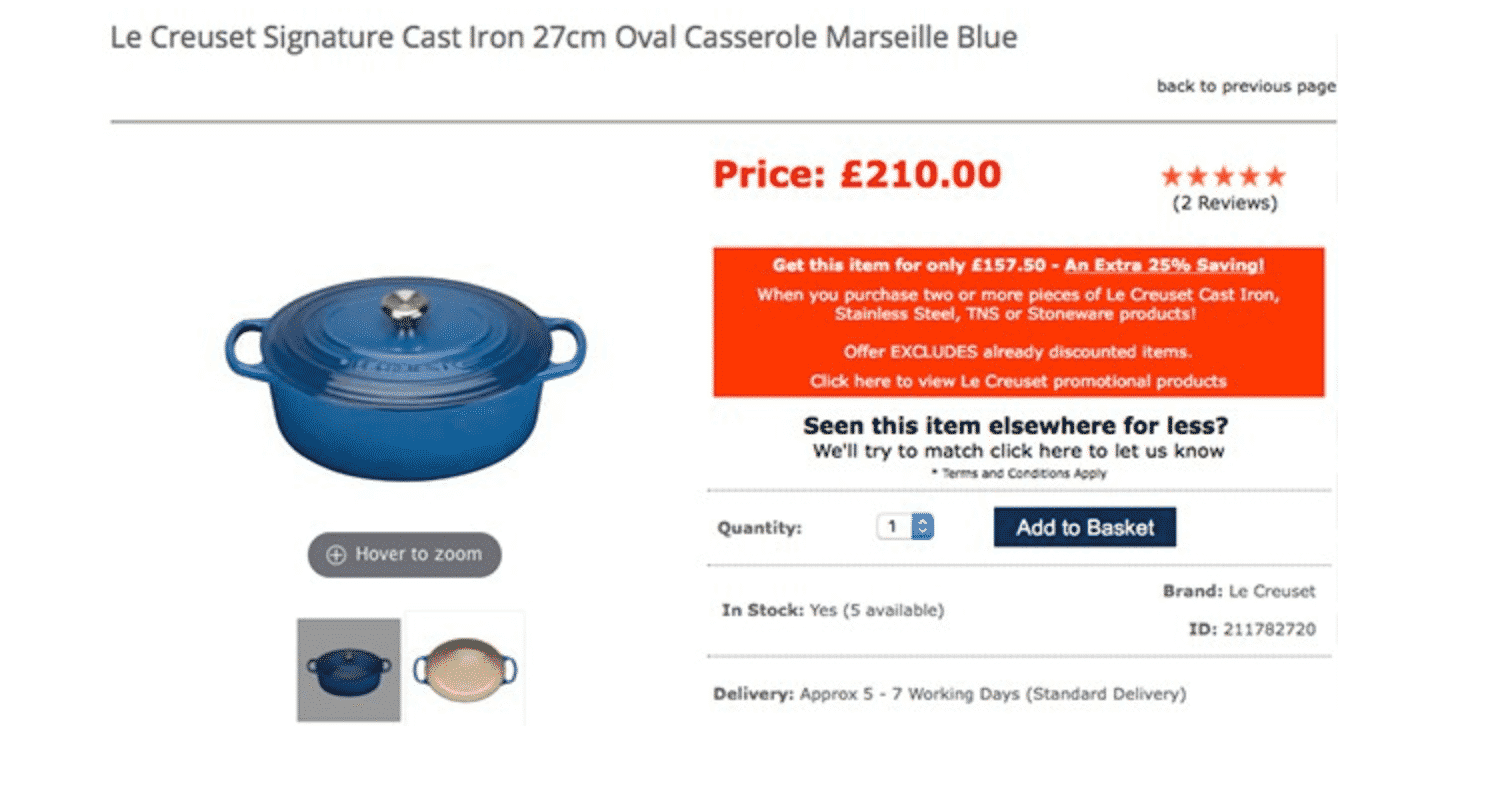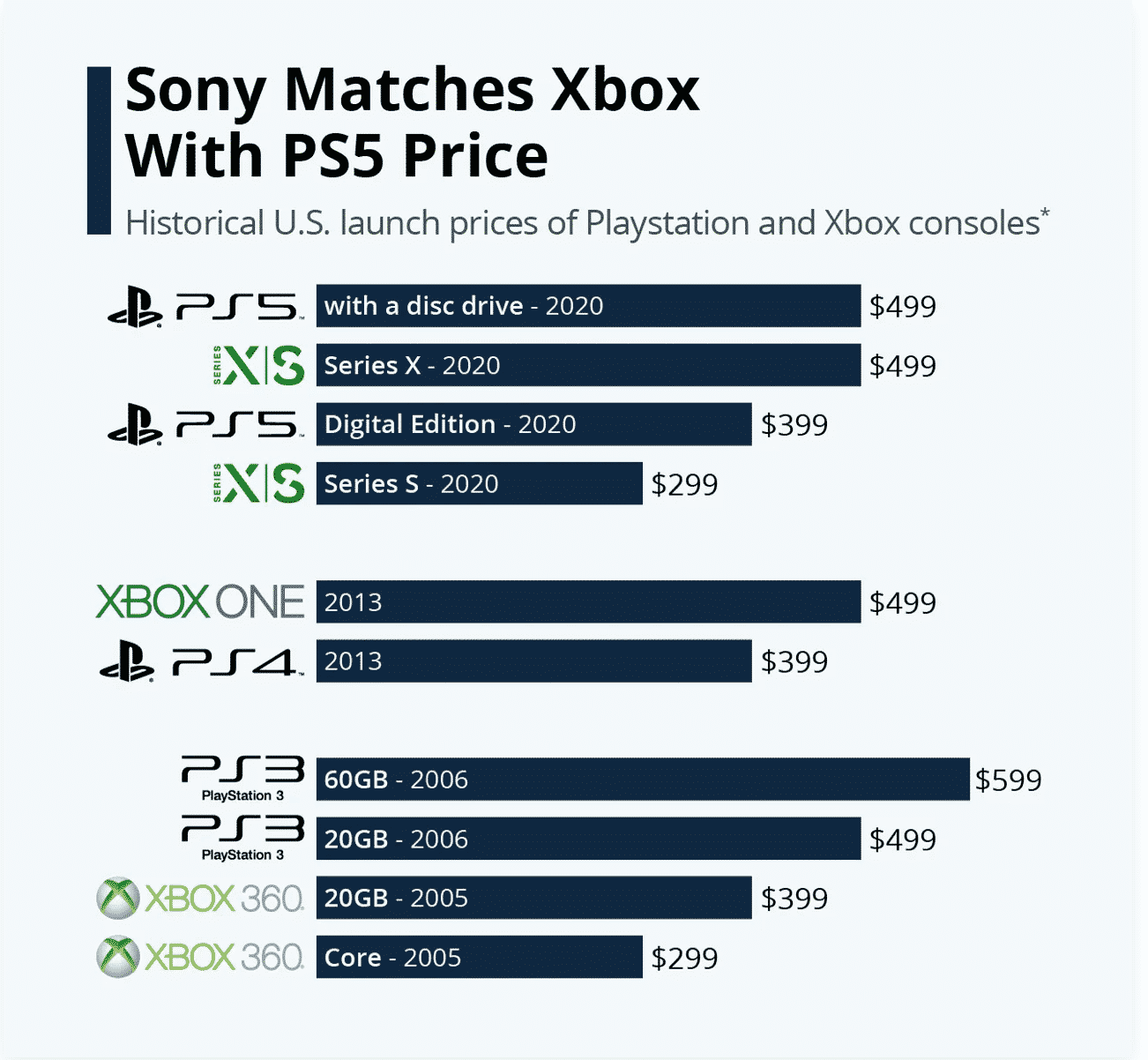eCommerce Pricing Strategies
[ad_1]
What Is an eCommerce Pricing Strategy?
An eCommerce pricing strategy is a set of rules for determining how to accurately price products to increase sales and profits, while still remaining competitive. A good eCommerce pricing strategy will take the following factors into account:
- How much you spend per product
- How much you earn per product sold
- How much your customers are willing to pay
The right eCommerce pricing strategy is different for every business. And even as a business grows, it may need to adjust its approach. For example, a simple cost-plus pricing strategy focuses on making a profit on each sale. Such a pricing strategy works in the early days of an eCommerce business but may not be sustainable in the long run.
As your business grows, costs can increase exponentially, and the actual cost per order and/or acquisition cost can also increase. You need an eCommerce pricing strategy that will help you scale your business. eCommerce businesses use many pricing strategies that don’t hurt long-term profits. Even if your eCommerce business is currently profitable, there is room for further profit improvement if you continue to re-evaluate your pricing strategy and improve it.
Pricing Strategies For eCommerce Businesses
An eCommerce pricing strategy should be subject to trial and error and re-evaluation over time. While a simple cost-plus strategy may help with initial growth, it could undermine your business down the road when costs start to rise.
Picking the right pricing strategy depends on several factors, from the cost of producing your product to customer demand. Here are eight different pricing strategies used by growing eCommerce brands.
-
Cost-plus pricing strategy
Also known as markup pricing, cost-plus pricing is a pricing method where a fixed percentage is added to the cost of producing one unit of a product (unit cost). The resulting number is the selling price of the product. This pricing method only considers the unit cost and ignores the prices set by competitors. As a result, it is not always the most appropriate method for many companies, as it does not take into account some external factors.
Examples of cost-plus pricing
Let’s say you’re an online clothing store owner. To apply the cost-plus pricing method, you must first gather the costs of materials, labor, and fixed costs by product and add them up:
Materials: $10
Labor: $15
Fixed costs: $20
Total cost: $45
To turn a profit, the clothes must sell for at least $45.01. However, we know that charging $0.01 more than the total cost of the product is not viable, as you also have to include customer acquisition costs, shipment costs, taxes, eCommerce returns, and other expenses.
Most e-commerce businesses achieve a profit margin between 50% and 100%. If your goal is a 50% profit margin, you should charge $90 for a pair of shoes. You will then make a profit on the sale while factoring in the actual cost per order.
Let’s try another example with an online t-shirt store. You buy the t-shirts from a third party and ship them directly to your customers. Since you’re dropshipping, you don’t have to worry about production costs. It may cost you $3 to get a t-shirt from your supplier and $2 to ship it to your customer.
But for the customer to find your store, you also had to spend $2 on social media ads, bringing the total cost of making the sale to $7. To set your price, you then add the profit margin you want. Let’s say you want a profit margin, or markup, of 50%. You then add 50% of the costs – $3.50 – to the $7, and your shirt costs $10.50.
Competition-based pricing
Competitive pricing is a strategy of offering better prices than your competitors. This means constantly monitoring the market and comparing your prices to similar products offered by your competitors. Today’s buyers are constantly comparing prices. There are several tools at their disposal to compare prices, including comparison apps and websites.
And you don’t have to do it manually: monitoring the competition and adjusting your prices accordingly is a task that can now be done through automated algorithms and other forms of software.
While this is low-risk and straightforward, it doesn’t consider the perceived value of your products to your customers. Additionally, implementing a competitive pricing strategy does not mean undercutting your competitors and lowering your prices until your margins are paper-thin. This carries the risk of a race to the bottom that benefits no one.
An often overlooked benefit of market-driven pricing with competitive price intelligence is that it can provide companies with exceptional price increase opportunities that allow them to increase profits while maintaining a competitive edge.
Let’s look at this example. Below, two eCommerce retailers sell the same Le Creuset 27cm Signature oval casserole, Bleu Marseille.
The first one is the most competitive and sells for £171.08.

The second and the third ones sell the same item for £210.00.

In these two examples, we can see that the price offered by the first retailer is significantly lower than that of the second retailer. The latter could detect this price difference with competitor price monitoring software and reduce the price just below that of its competitor or offer the same price to remain competitive.
Value-based pricing
Value-based pricing identifies the maximum amount a customer is willing to pay for your product. Value-based customers focus more on quality and equity than anything else. These customers need to know that the product you are selling is of the highest quality, fairly sourced, environmentally friendly, and/or hard to find.
Compared to competitive and cost-plus pricing, this approach generally results in higher margins and is more cost-effective, making it ideal for growing companies considering a long-term strategy. This pricing strategy also works particularly well for brands with a loyal following, such as those selling art, collectibles, and luxury or prestige products.
However, setting a price using this method is more complicated, as it requires extensive market research and analysis. And even if your brand is well-known, you can’t be complacent when setting a price based on value.
For example, if you sell jewelry online, the price of costume jewelry would be lower because the customer knows it is made of low-cost materials. High-end jewelry, such as a Tiffany & Co engagement ring, would sell for a higher price because customers are willing to pay more for premium materials like diamonds.
Loss leader pricing
This is an important pricing strategy for eCommerce companies to convert their customers into loyal customers and ensure repeat sales. This strategy is generally performed by retail giants such as Amazon and Walmart. The loss leader strategy requires extensive planning and research, or its execution will be a failure (and an expensive one).
The logic behind this strategy is that selling a product at an extremely low price will attract many customers to a business, who will also purchase more expensive items in the process. In essence, loss leader pricing is based on the belief that the “loss” incurred by selling a product at such a low price will eventually “drive” higher sales volumes and profits in the long run.
In this sense, premium pricing is not unlike penetration pricing – a strategy whereby companies introduce a new product to the market at an extremely low price to drive sales volumes rather than revenue or profit targets. Optimizing sales through inbound pricing is only possible with a thorough understanding of how this strategy works when to use it, the risks involved, and an overall assessment of whether or not it is the right strategy for your product.
Price skimming
Price skimming can be the winning strategy if you sell a genuinely innovative or unique product. It consists of setting a high price and lowering it when other competitors appear. This allows merchants to generate revenue when competition is low and lower costs to remain competitive later.
Price skimming is often used by technology giants when they launch a new product and hope those early adopters will buy-in. This is key, as price skimming can only be successful if you are sure that your customers will see the upcoming product as a high-quality and exclusive product. PlayStation is an outstanding example of a brand using the price skimming strategy. When a new console is released, older versions and their games become progressively cheaper.

Basket-based pricing
Basket-based pricing is another eCommerce pricing strategy used by eCommerce businesses to entice customers to make a purchase. In this technique, certain price points or products are used to entice customers to purchase products. For example, online retailers regularly offer free shipping if your total cart value exceeds a certain limit. This can encourage customers to buy more than they originally planned to take advantage of these benefits.
Jet.com is an excellent example of how this mechanism is deployed. Shoppers on this eCommerce site are incentivized to purchase recommended products. An intelligent real-time pricing algorithm runs in the backend of the store. Known as the “smart cart,” the algorithm matches customers’ delivery location for selected goods with the nearest trusted supplier that stocks them. The shorter the distance between the supplier and the delivery location, the cheaper the product. This pricing strategy is a smart way to price products since discounts can be applied while maintaining profitability.
Quick-delivery pricing
Amazon is a prominent example of an eCommerce player that effectively uses this pricing strategy. The company leverages its cutting-edge logistics network to serve its customers in a timely manner and turn it into a profitable pricing strategy. It offers its customers choices, such as next-day or two-day shipping and same-day delivery, in exchange for an additional premium. This is an important way for the company to keep its prices lower than its competitors and add convenience to the shopper while still influencing profitability.
Penetration pricing
Unlike price skimming, penetration pricing works best when you are a brand entering an already competitive market. This eCommerce pricing strategy consists of setting low prices and then raising them later. In this context, discount codes and strategies can play a crucial role in winning new customers and building brand awareness. The danger of penetration pricing is that it can damage your brand’s reputation or cause consumers to undervalue your products or perceive them as low quality.
Learn more about penetration pricing here.
Bundle Pricing
Price bundling, also known as product bundling, is a strategy used by retailers to sell a large number of items at higher margins while offering consumers a discount. With bundled pricing, retailers provide several different products as a bundle, then provide that bundle to consumers at a lower price than it would cost to purchase those items separately.
See also: Product Bundling For Retail: How to Package Products Together For More Sales
In the example below, which shows a bundle of a Fujifilm Instax camera priced at $99, consumers receive a camera, case, batteries, two rolls of film, a camera case and strap, a photo album, an automatic lens, colored filters, hanging frames, clips and string for hanging photos, self-adhesive frames, a cleaning cloth, and standing frames. That’s a lot of products, especially considering the camera itself costs about $60.

How KORONA POS Can Help?
Regardless of the type of eCommerce pricing strategy you implement, your business will need to generate sales. This calls for a point of sale system to process the flow of sales and transactions across your site. And that’s where KORONA POS steps in to help your business.
KORONA POS is a retail point of sale perfectly suited for e-retail businesses. Moreover, the software integrates with a robust and fully customized WooCommerce integration for eCommerce operations, allowing you to list products, run promotions, and start seamless marketing campaigns. If you want to learn more about KORONA POS and how it can help your online business thrive, click on the button below for a free product demo.
[ad_2]
Source link
